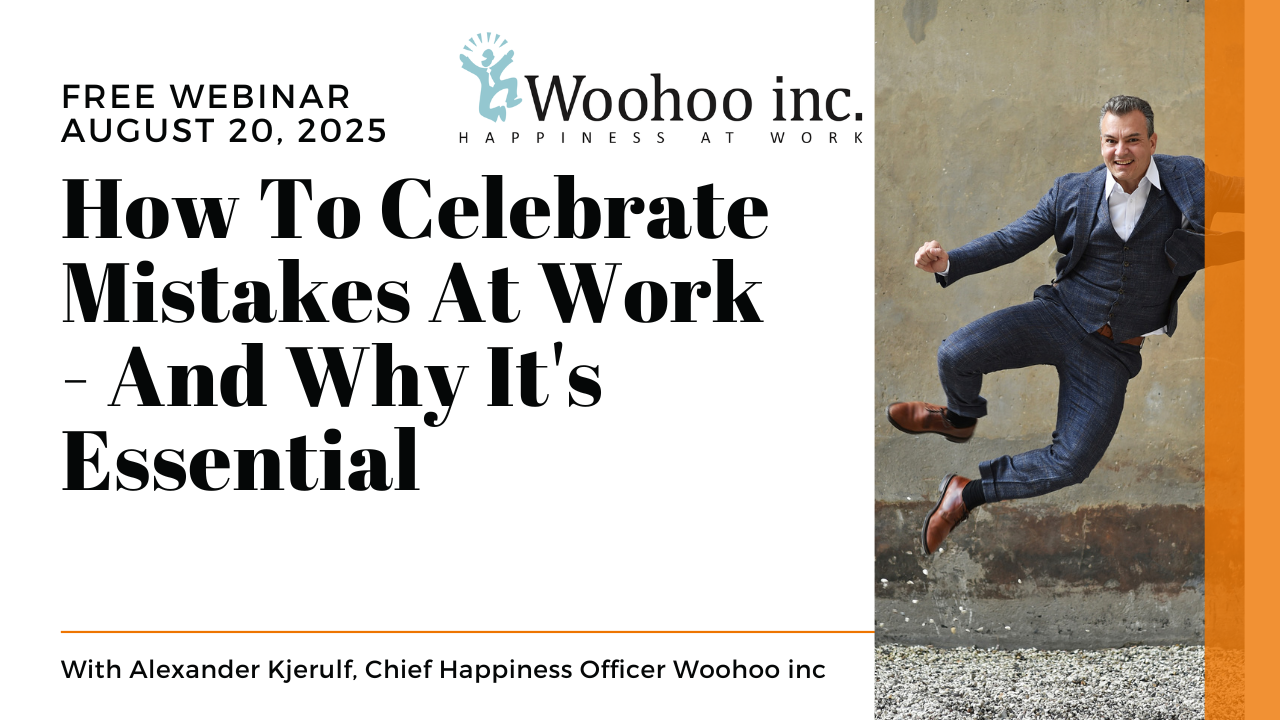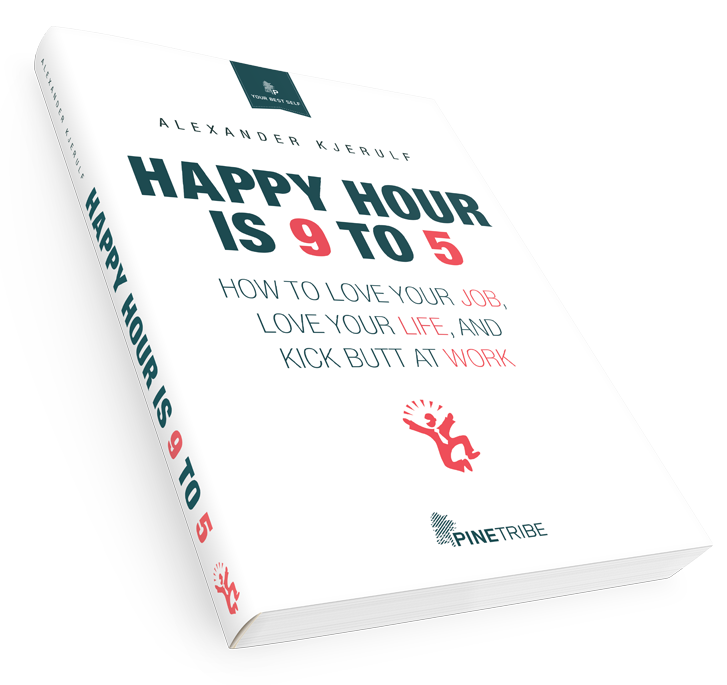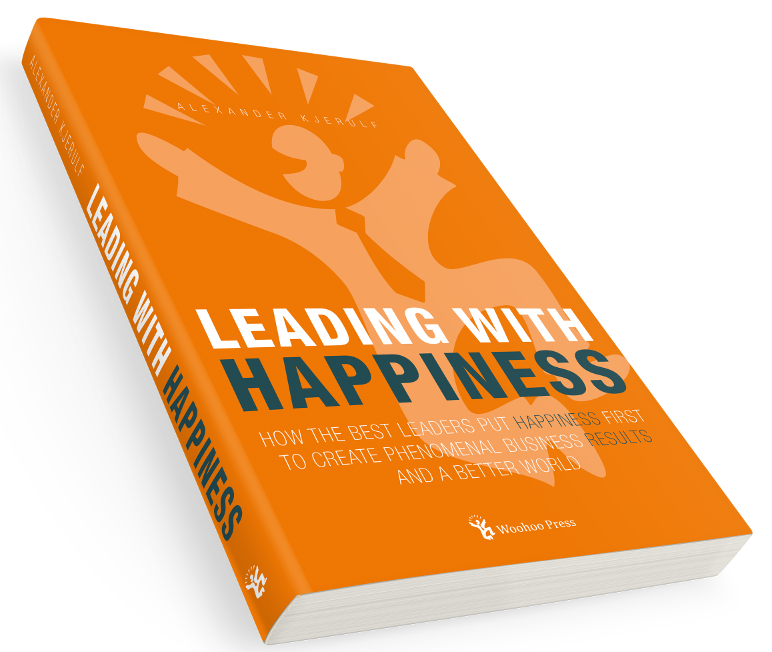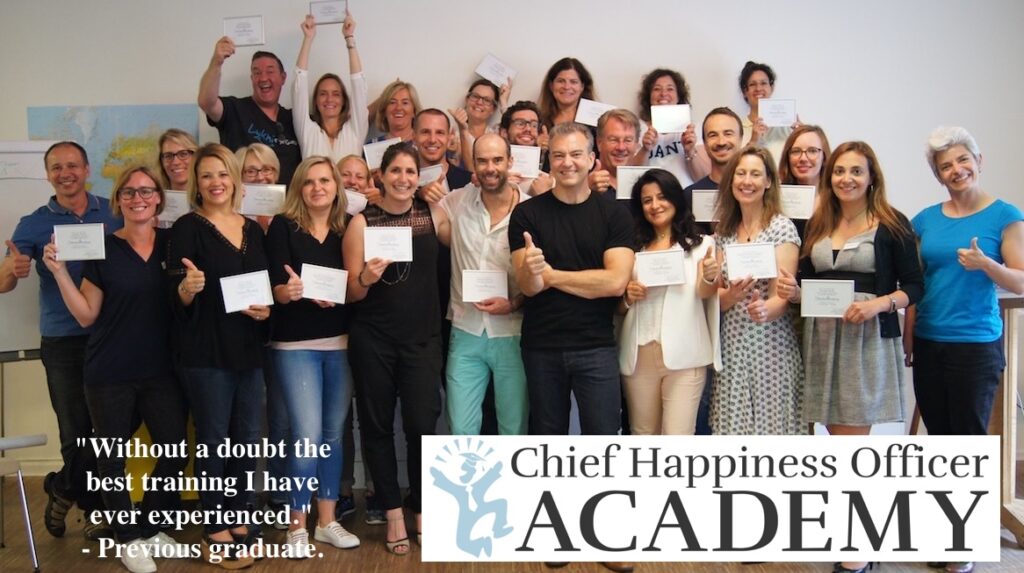 Two weeks ago I got a question from Mark in a comment, that began with these words:
Two weeks ago I got a question from Mark in a comment, that began with these words:
My job has been literally killing my soul for the past 3 years. I have known this entire time I needed to leave. But I didn’t realize how seriously I was burning out, and now I feel like I am being pushed over the edge.
I have drank every night for the past three months. I am acerbic, aggressive and emotionally closed off. I hate the people I serve so much I cuss and spit when I have to see them. I have secondary trauma and can no longer sleep without medication. It is not possible to hate your job more than I do.
I passed the question on to all of you, and more than 25 people have taken the time to offer Mark ideas, thoughts or sympathy.
Well, Mark read your input, and here’s his reply:
Well what a response. You guys are something else… you are really so helpful I am kind of taken aback. My thanks to Alex for posting this… I was reticent at first but can take a lot from what everyone offered from their own life experiences. I don’t want to share too many details, for the sake of not being compromised at work, but I work in the helping field and have simply excessively burned out. This kind of help is something the Internet does best: allow people to share their deeply personal experiences in a generally anonymous manner.
Anyways, just to follow up, I went on a vacation and got some perspective re: having a choice as to whether I had to put up with this misery at work. I remembered that I do have a choice, which I had forgotten in all of my progressive unhappiness. To relate it back to the goal of this blog/website, I also realized that I had very high expectations for myself and my life that had become toxic; I was expecting things from myself that were based on comparisons to others and how I perceived my life trajectory should be. I was finding that the success train was not coming “on schedule” and I was internalizing failure based on my measuring myself up to others. This was a recipe for depression and for feeling like a victim.
Now, I still have to get out of this job. I am in a temporary good place because I see now, and with the help of you all’s input, that I can leave at any time (it’s staggering how I could have forgotten this). I have applied to the most menial of jobs (won’t say where for anonymity reasons) because I have accepted that it’s just life, not to be taken so seriously, and that sometimes you have to just do what you need to and forget how you think you might measure up to others
If my menial job options don’t come through -and maybe I’m saying menial when I have no right to- I will quit and force my own hand. I have family and friends to fall back on and do have options. I just need to remember that.
Anyways, this has gone on too long about myself. I do have the support of a counselor and I do exercise regularly. I am actually quite healthy aside from the job and drinking too much in response to it. But I will put some of your suggestions into practice and and very grateful for your input. Thanks so much for offering up your experience to me. And Alex, thanks for the website.
Mark
I was struck by two things in all of this: First of all, how deeply it affects us when we hate our jobs. It colors every aspect of our lives. I know, I’ve tried it. And secondly, how many people could relate because they’ve been there.
Thanks to everyone who contributed!
![]() When even a staunch defender of capitalism like Forbes Magazine says that “Money is not the best motivator” I consider the issue settled.
When even a staunch defender of capitalism like Forbes Magazine says that “Money is not the best motivator” I consider the issue settled.


 Along with my book Happy Hour is 9 to 5 (which
Along with my book Happy Hour is 9 to 5 (which  I’m going to Guatemala in July to speak about happiness at work to the Guatemalan Human Resources Management Association.
I’m going to Guatemala in July to speak about happiness at work to the Guatemalan Human Resources Management Association.
 Two weeks ago I got a question from Mark in a comment, that began with these words:
Two weeks ago I got a question from Mark in a comment, that began with these words:


